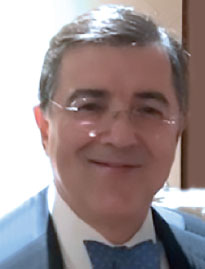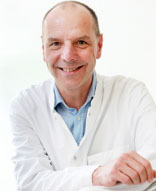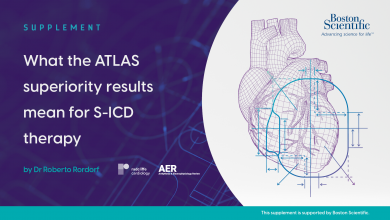Search results
Author(s):
Angelo Auricchio
,
François Regoli
,
Giulio Conte
,
et al
Added:
3 years ago
The number of cardiovascular implantable electronic devices (CIEDs) has increased progressively during the past decades, with a parallel increase in the demand for transvenous lead extraction (TLE). Indication and class of recommendation for TLE have been extensively discussed in a recent expert consensus document.1 With the exception of a few prospectively conducted registries,2,3 the vast…
View more
Conduction System Pacing
Author(s):
Ahran D Arnold
,
Zachary I Whinnett
,
Pugazhendhi Vijayaraman
Added:
3 years ago
Article
Demosthenes G Katritsis
Research Area(s) / Expertise:
Author
Expertise
Electrophysiology & ArrhythmiaVentricular ArrhythmiasAtrial ArrhythmiasPacing, Defibrillators & Cardiac Resynchronisation TherapyStandards & GuidelinesAtrial FibrillationCatheter Ablation of Cardiac ArrhythmiasPrevention & Chronic ConditionsImaging & DiagnosticsSupraventricular TachycardiaAnticoagulationDigital HealthStroke Prevention in Atrial FibrillationHeart FailureReversal AgentsAdvancement in Heart FailureDOACMI/ACSCT/MRIEchocardiography & UltrasoundCardiomyopathy
Gerhard Hindricks
Research Area(s) / Expertise:
Author
Electrophysiology & Arrhythmia
Job title: Medical Director
Author(s):
Ameeta Yaksh
,
Lisette JME van der Does
,
Eva AH Lanters
,
et al
Added:
3 years ago
Cardiac arrhythmias during pregnancy pose a serious threat to the health of both mother and foetus. Women with established tachyarrhythmias, congenital heart defects or channelopathies have the highest risk for development of arrhythmias.1,2 They also develop de novo or occur in women without apparent heart diseases. Tachyarrhythmias, including both supraventricular and ventricular tachycardias,…
View more
Hybrid Ablation of Atrial Fibrillation
Author(s):
Laurent Pison
Start date:
Feb 26, 2015
Broadcast
Unmissable EP Papers
Author(s):
Demosthenes G Katritsis
,
Andrew Grace
,
Angelo Auricchio
,
et al
Added:
3 years ago
Article
Author(s):
Mark Young Lee
,
Srinath Chilakamarri Yeshwant
,
Sreedivya Chava
,
et al
Added:
3 years ago
Aortic stenosis (AS) is the most common valvular heart disease in industrialised countries with a prevalence of about 5 % in the general population aged greater than 75 years. During the past decade, transcatheter aortic valve replacement (TAVR) has emerged as a valuable, minimally invasive treatment option for patients presenting with symptomatic severe AS, who due to their advanced age and…
View more
Author(s):
Roberto Rordorf
Added:
1 year ago















 « First
« First